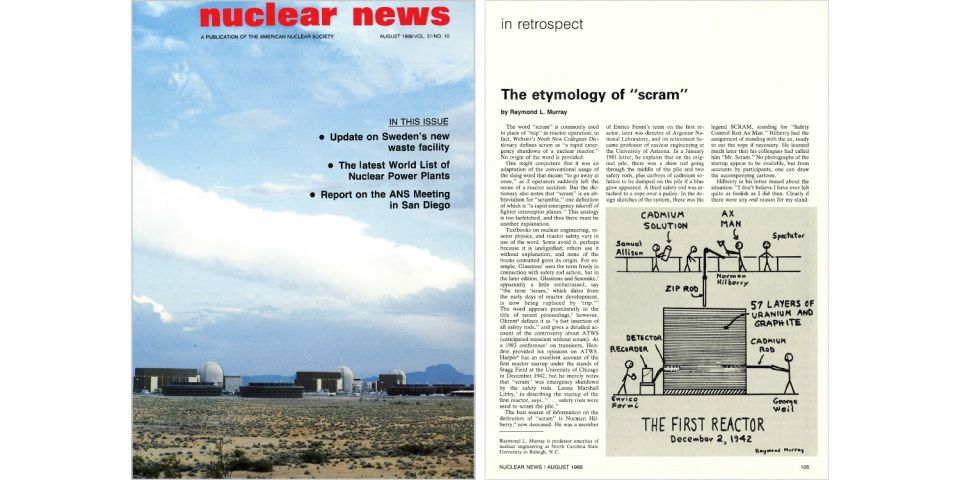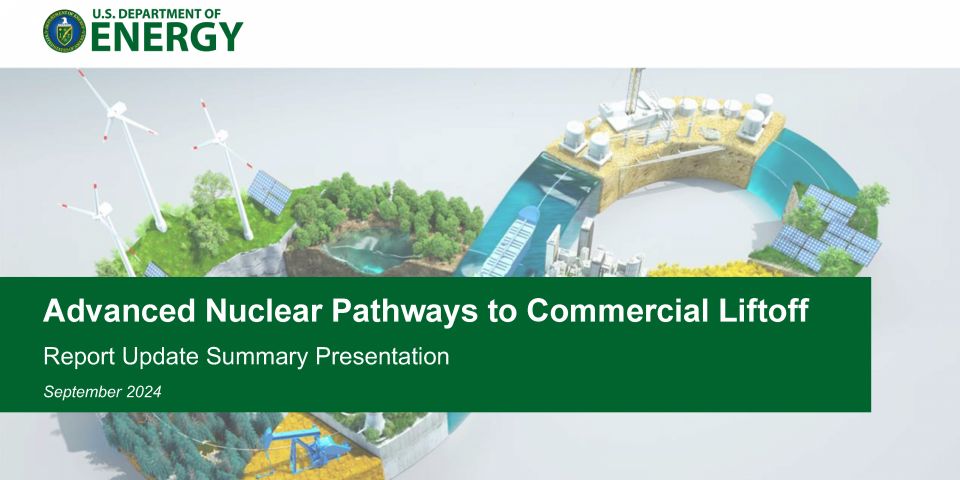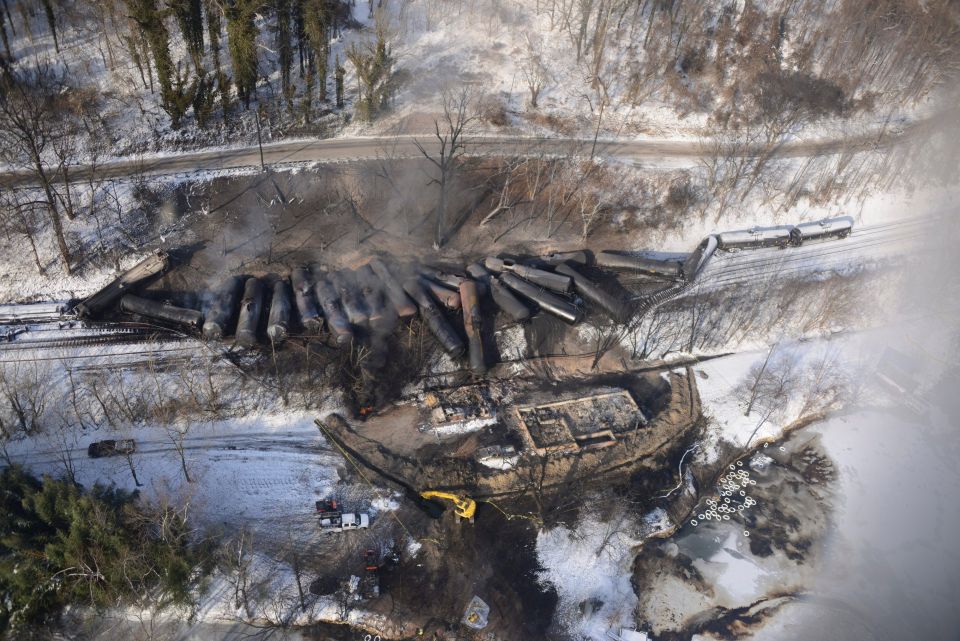Nuclear energy: enabling production of food, fiber, hydrocarbon biofuels, and negative carbon emissions
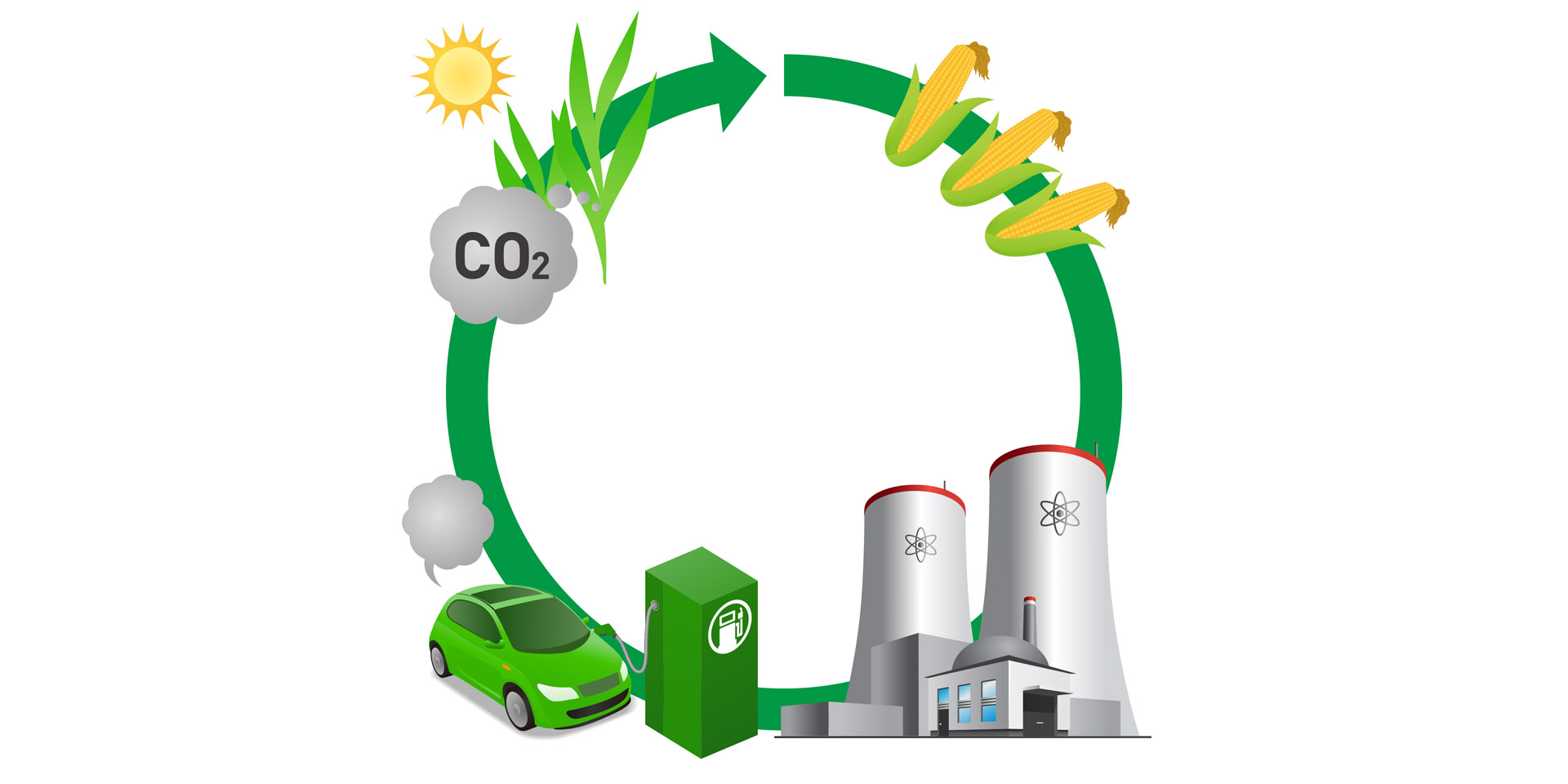
In the 1960s, Alvin Weinberg at Oak Ridge National Laboratory initiated a series of studies on nuclear agro-industrial complexes1 to address the needs of the world’s growing population. Agriculture was a central component of these studies, as it must be. Much of the emphasis was on desalination of seawater to provide fresh water for irrigation of crops. Remarkable advances have lowered the cost of desalination to make that option viable in countries like Israel. Later studies2 asked the question, are there sufficient minerals (potassium, phosphorous, copper, nickel, etc.) to enable a prosperous global society assuming sufficient nuclear energy? The answer was a qualified “yes,” with the caveat that mineral resources will limit some technological options. These studies were defined by the characteristic of looking across agricultural and industrial sectors to address multiple challenges using nuclear energy.




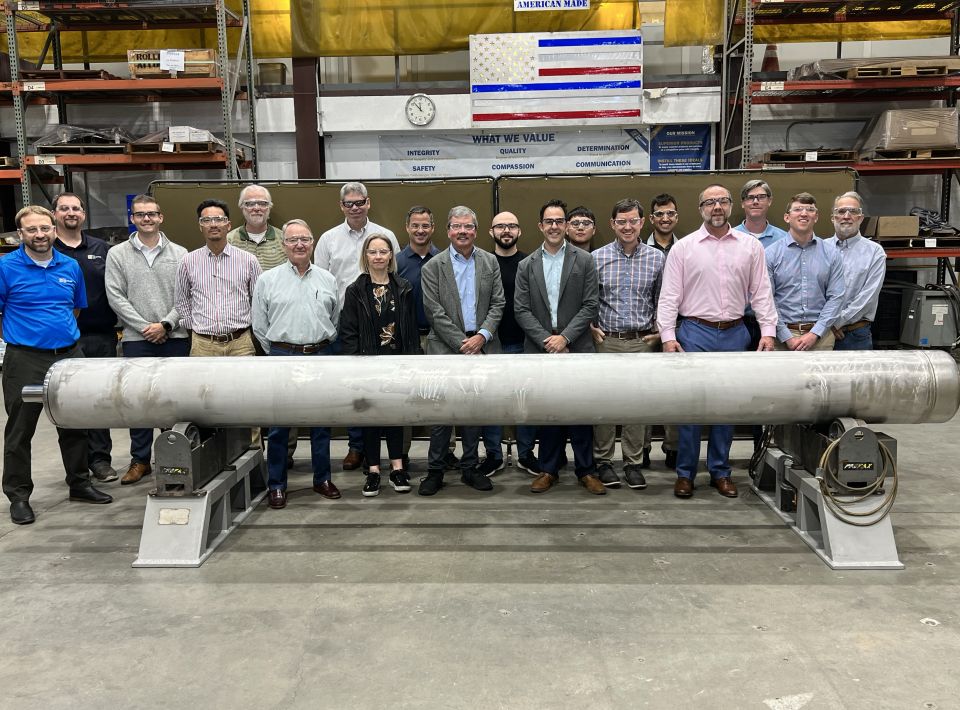 rotated.jpg)
